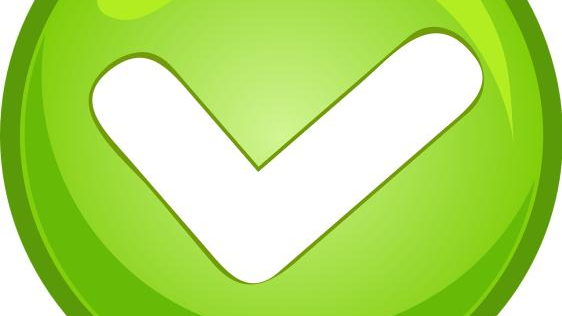Call-to-Action (CTA)
A Call-to-Action (CTA) is a prompt or directive that encourages and invites the audience to take a specific action. It is typically used in marketing materials, websites, advertisements, or any communication aimed at motivating the reader or viewer to engage further with the business or complete a desired action.
CTAs serve as a crucial element in marketing campaigns and communications as they guide and direct the audience towards the next step in the customer journey. They are designed to be clear, compelling, and actionable, prompting immediate response or engagement.
Effective CTAs often incorporate the following elements:
Clarity: The CTA should clearly state the action you want the audience to take. It should be concise and easily understandable, leaving no room for ambiguity.
Action-oriented Language: The wording of the CTA should use strong, action-oriented verbs that drive the desired response. Examples include "Buy Now," "Sign Up," "Subscribe," or "Learn More."
Benefits or Incentives: Adding a benefit or incentive to the CTA can increase its appeal and motivate the audience to take action. For instance, "Get a Free Trial," "Save 20% Today," or "Download Your Free Guide."
Placement and Visibility: The CTA should be prominently placed within the marketing material or webpage, ensuring it catches the audience's attention. It can be strategically positioned above the fold, within a prominent button, or emphasized with contrasting colors or design elements.
Urgency: Creating a sense of urgency can prompt immediate action. Incorporating phrases like "Limited Time Offer," "Only X Spots Left," or "Act Now" can instill a sense of FOMO (Fear of Missing Out) and encourage the audience to respond quickly.
Mobile Optimization: With the increasing use of mobile devices, it's important to ensure that CTAs are optimized for mobile screens. They should be easily clickable and accessible on smaller devices to facilitate seamless interaction.
Testing and Iteration: To maximize the effectiveness of CTAs, it's important to conduct A/B testing and experiment with different variations. Analyze the performance of different CTAs to identify what resonates best with your audience and refine your approach accordingly.
CTAs can be used in various marketing contexts, including emails, landing pages, social media posts, advertisements, and even physical materials like brochures or flyers. Their primary purpose is to drive conversions, whether it's making a purchase, signing up for a newsletter, requesting a quote, or any other desired action that aligns with your business goals.
In summary, a well-crafted Call-to-Action is a crucial element in marketing communications that compels the audience to take a specific action. By using clear language, providing incentives, creating urgency, and optimizing for different platforms, businesses can effectively guide their audience towards desired outcomes and drive conversions.
Here are some examples of Call-to-Action (CTA):
Website CTA:
"Start your free trial today!"
"Get a personalized quote now!"
"Book your appointment online."
"Download our eBook for expert tips."
"Subscribe to our newsletter for exclusive offers."
Email CTA:
"Shop now and enjoy 20% off your first purchase!"
"Claim your limited-time discount code."
"Don't miss out – RSVP for our upcoming event."
"Upgrade your subscription for premium features."
"Click here to read our latest blog post."
Social Media CTA:
"Tag a friend who needs this!"
"Discover the benefits – watch our video."
"Join the conversation – comment below."
"Follow us for daily inspiration."
"Swipe up to shop our new collection."
Advertisements CTA:
"Call now for a free consultation."
"Buy one, get one free – shop today!"
"Limited stock – order before it's gone."
"Request a demo to see it in action."
"Unlock exclusive access – click here."
Landing Page CTA:
"Sign up and get instant access."
"Start building your dream website now."
"Claim your spot – register for the webinar."
"Get your personalized fitness plan."
"Try it risk-free – no credit card required."
Remember, when creating CTAs, it's important to align them with your specific goals and target audience. Consider the context, value proposition, and desired action, and craft CTAs that are compelling, clear, and motivate your audience to take the next step.
08/07/2023

Posted by: Ontorus Editorial
At Ontorus Editorial, the focus is on providing the most valuable knowledge. Efforts are made to offer high-quality and relevant information in every article. The goal is to ensure the best content so that everyone stays informed and updated on the topics of greatest interest.



